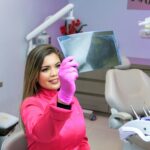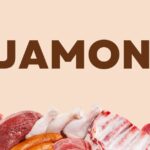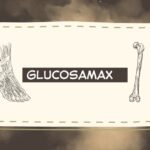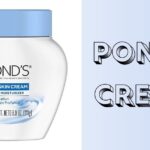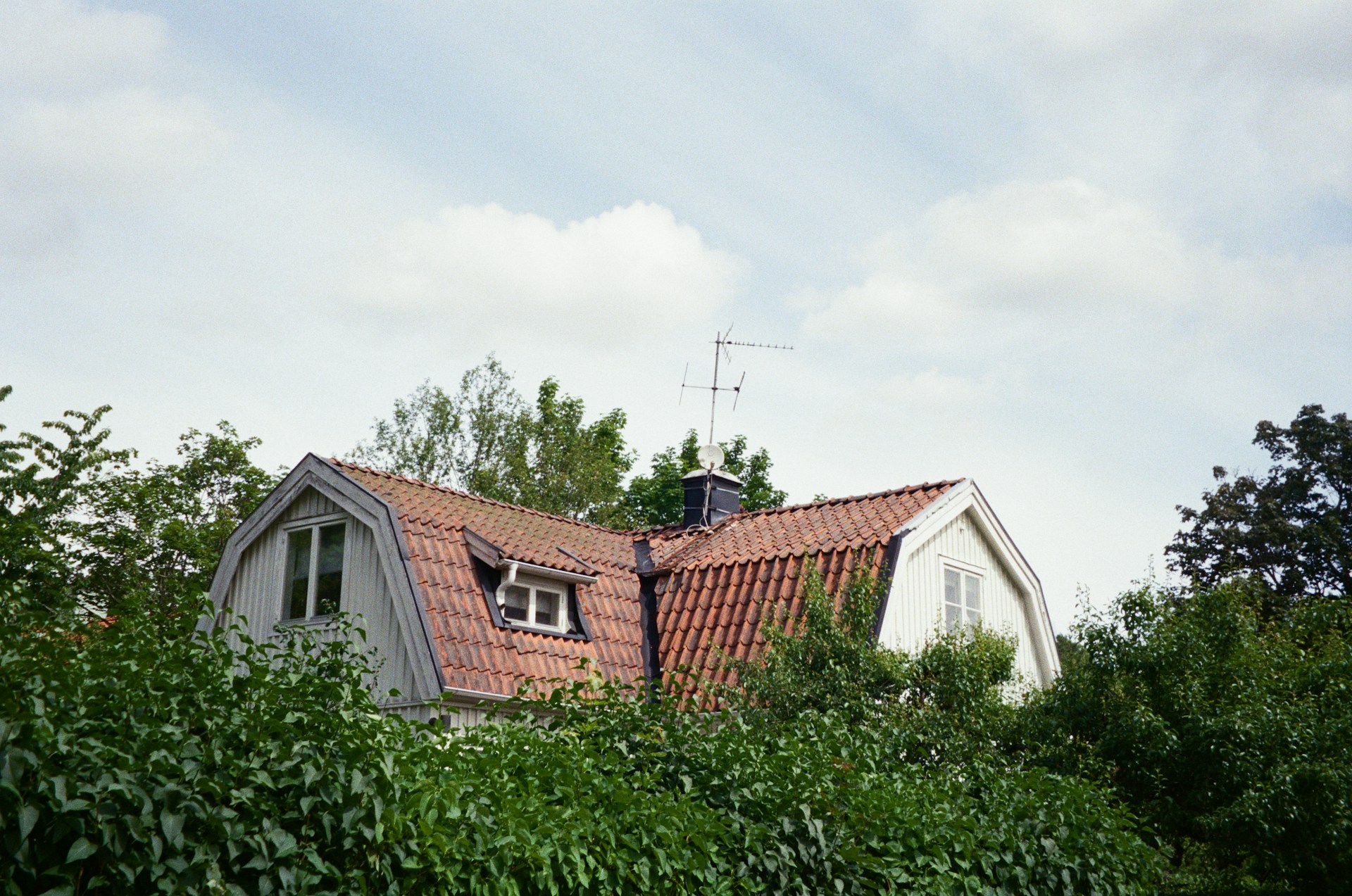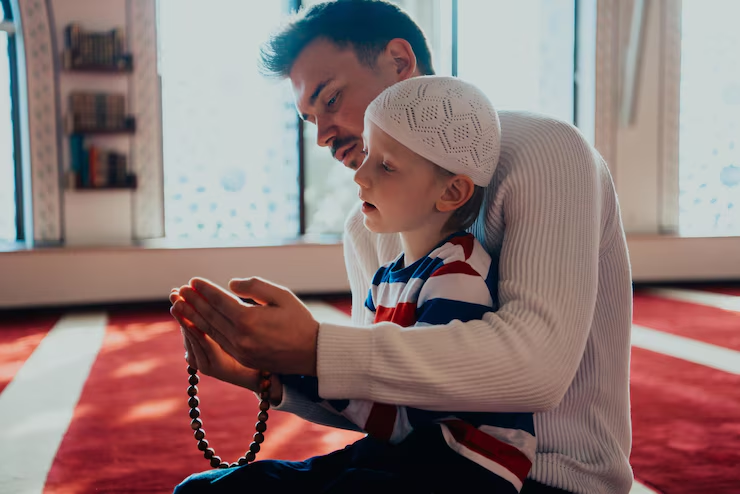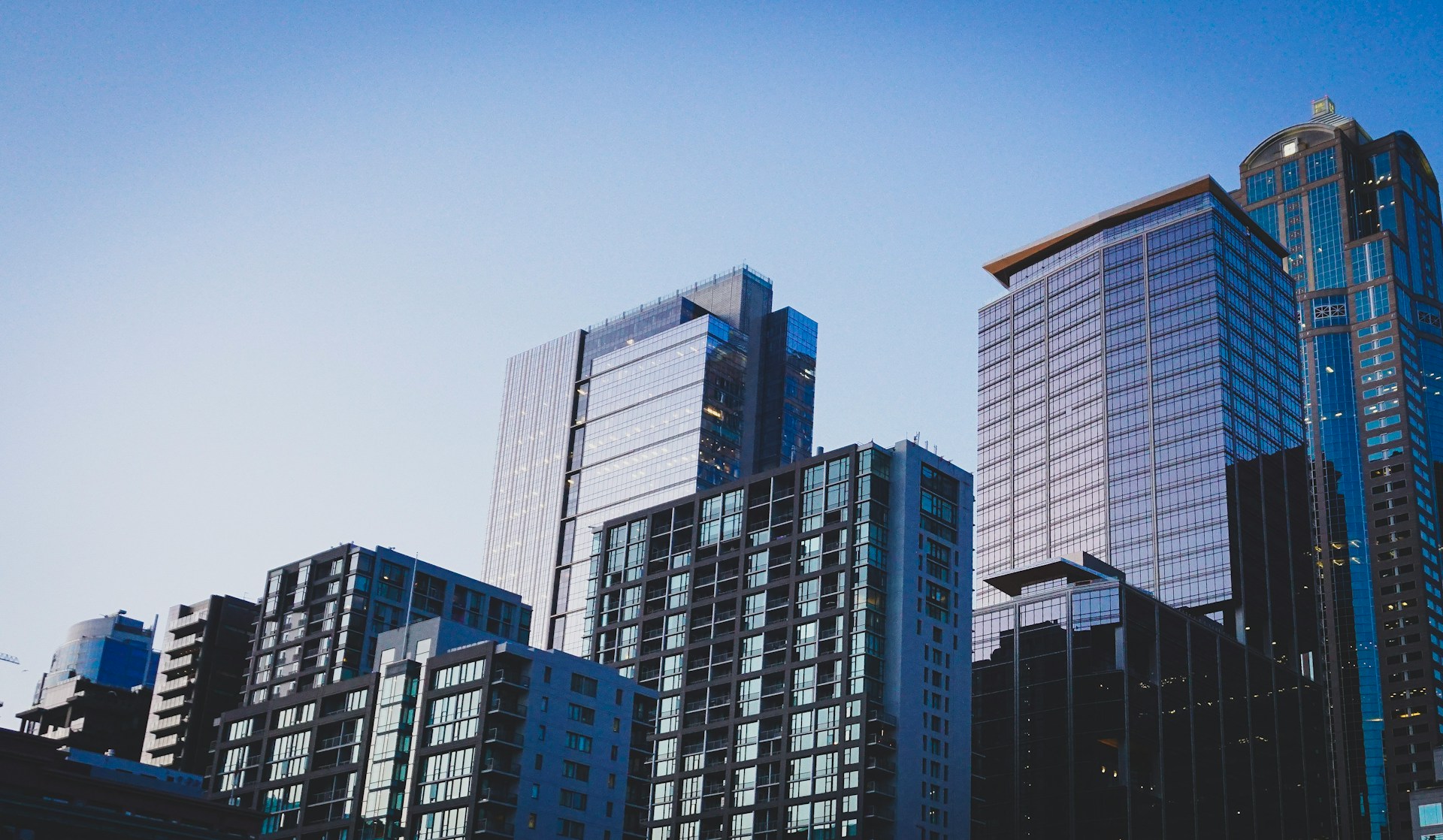Founder and Editor-in-Chief of Venison Magazine, my friend and colleague, Amber Imrie-Situnayake spent the majority of this past October in a shipping container. As an artist-in-residence at NDSM Treehouse in Amsterdam, she designed and installed a series of thread installations that were site-specific to one of the art city’s many shipping containers nested in a shipbuilding yard. In this interview, Amber reveals the highs and lows of her residency and how her past experiences and familial bonds propelled her newest series, Navigation.
Adriana Villagran: So you spent a month living and working in a shipping container in Amsterdam. How was that? Did you ever feel claustrophobic or detached?
Amber Imrie-Situnayake: My first night I basically wanted to run to the airport and fly home. It sounds horrible, I know, and don’t get me wrong, I was so excited to be at NDSM. The landscape was incredible. But I was overwhelmed with homesickness. It’s not a feeling I’ve ever experienced before. I grew up traveling and moving a lot. I’ve lived in more places than years I’ve been alive. I’m used to strange places but this time was different.
I did feel a bit claustrophobic, but only in my camper. The bed is in a loft space above the driving seats, there’s about 2.5 feet of space, so you can’t even sit up. For the first week I slept with my face pointed towards the rest of the space. It took some adjusting but I quickly grew to love my camper and it became the place where I spent most of my time. The shipping containers were really cool, I ended up doing an installation in the gallery, which is three containers put together. It’s a pretty huge space.
Could you describe what you completed while you were there?
I made an installation which had three main parts. It started with Heirloom Boat, which drew a 2D wall embroidery out into the physical space of the container. This helped communicate my inspiration for Sails, which was a thread installation that used the container’s existing structure to create planes of thread. This interrupted the space and caused the visitors to navigate their body through the planes of thread. Sep. 9, 2000, is an interactive tent with the night sky from Lake Fort Smith, Northwest Arkansas from September 9th, 2000. I backdated and mapped the stars and constellations before hand-embroidering them onto navy blue material and sewing it to the roof of the tent. That way, you can lay inside the tent and look up at the stars. The lighting was operated through interaction. I had flashlights for people to use, kind of making fun of the way film directors give the actors flashlights to stargaze. It’s completely unpractical. Since you’re looking at light that’s taken thousands of years to reach you. Obviously, it was practical for the tent’s replica and a kind of homage to ’90s family camping trip films.
Near the end, it got kind of scary, I was feeling numbness and tingling in my shoulder and elbow so I took a few days off. Well, just about off, I only worked about 4 hours a day. This did the trick and I was able to finish the show. I’m now trying to get some therapy for it but my health insurance is all messed up. For some reason it’s been cancelled twice because of a paperwork issue on the insurance companies end. So my husband and I are having to pay out of pocket while they resolve the issue. It’s a huge pain and all we can do is keep calling them and reminding them they are suppose to be fixing it.
The act of installing seems just as important as the finished product (if not more so). The act is so performative. Were there ever any visitors there while you were threading the container?
The entire right wall of the containers were complete glass, floor to ceiling. On the other side was a busy walk/ bike way, which is how most people commute in Amsterdam. There was a constant stream of people passing by me when I worked. It was definitely a performance. I wish I had got more footage of people going past and me working from outside, alas, I didn’t. I did video tape part of the installation process and de-installation.
Were there other artists working around you? If so, do you think they influenced your work or methodology?
NDSM is full of artists and creatives, businesses and tourists. I wasn’t inspired by any one person as much as being inspired by the place itself. The boat workers influenced me a lot but so did the actual construction of NDSM. Inside the warehouse are all these studios, up to three floors in some places. It was such an interesting mix of external and internal; themes that are continuing to interest me.
Was a month too long or not long enough?
Not enough. I cried on my last day because I couldn’t believe I had to leave. I fell in love with the place, my camper, the people and culture. It was pretty life-changing. Now, I’m feeling homesick for a place that initially made me homesick. The part that was the hardest was deinstalling the morning after my opening. The show had such a short life for an installation, and it was hard to remove it when it was so fresh. I’d like to re-invent it again somewhere, especially the tent, which was the crux of the whole show.
It goes without saying that your work has a strong connection to your personal and family history. Is it hard to have your work live such a temporary life?
Kind of, but sometimes the best thing is to see it go. It’s almost therapeutic. The de-installation of Sails was one of the most beautiful things. I thought it was more interesting than the installation or the making of it. For me, I really didn’t know what would happen when I cut over 30,000 meters of thread that I had painfully installed. I definitely consider Sails as a three-part installation/ performance and if I was to do it again I would cut it about ½ through the show and let the deinstalled remnants be experienced by others as well.
How did the strings from the Sails interact with the strings from Heirloom Boat while they were still installed?
They didn’t actually touch each other but communicated through the movement of the space. I wanted it to feel like the threads were coming out from the boat and then almost continuing through the space in the next room but I didn’t want it to actually be that. I thought it was too blunt if the threads just led to each other. So I had them all connecting to fixtures in the containers that were already there before I arrived.
How did the realities of your residency meet up with your previous expectations?
It was a lot more work than I expected. I thought I’d give myself more time. I could have but I just was hit with inspiration and an opportunity to realize a huge installation. So I had to take it on and make full use of my time. I feel like the residency exceeded my expectations. I didn’t sign up to a big name residency program but one that just gave me time to work in an interesting and new environment. I didn’t really think that it would push me as much as it did. Or that I’d move back into working on such a large scale. I came back with a better understanding of why I make the work that I do and what I want to work towards making.
How was the opening? How did people interact with your work? Did you witness any special moments between your work and NDSM visitors?
My favorite moment of the opening was when a father and son laid side by side in my tent and found their favorite constellations. They later came up to me and told me how they had just got back from a camping trip where they did their first stargazing. It was basically the cutest thing ever. The kid also really responded to Sails, he couldn’t help but touch the threads so I learned they were stronger than I thought. He really was navigating the space, jumping over them and crawling in nooks and crannies that adults couldn’t fit into. That was really cool. It made me want to do more to transform the environment. I’m one of those people who still loves forts and awesome themed playgrounds.
That’s amazing! I guess he’s too young to feel inhibited in what us “grown ups” usually think of as a “No Touch” environment.
Exactly.
Did you know what you wanted to create before you got there or was it all reactionary?
I knew I wanted to make Sep. 9, 2000. I started that piece in California. I had planned it out and built the pink part of the tent. I planned to install it in the wilderness, though that changed once I got there. On my third day, I emailed Inge that I was ready to talk to the writer for my press release. I knew what I was going to do but a lot of it was just a gut feeling, it just felt right. I decided to do a thread installation, even though I’d never done one before. It was just too perfect a space not to take the risk. When I was in the gallery planning out the install, I saw that I needed something else in the first room. The space was just calling for a large embroidery piece so I started to think about what to put there. I knew I wanted it to have threads coming out from it and into the space but I didn’t know what it was going to be depicting.
It took a couple of days and I was playing with a few ideas until on my second or third day I was boiling some eggs in my camper in the boat yard when it dawned on me, I had become my father. See, he had lived in a camper, in a boat yard, and he eats loads of boiled eggs. So, this jolted my memory and I thought of this drawing my great-grandfather had designed of a sailboat. He never built the boat but the plans have been passed down for two generations. I didn’t know what it meant but I knew it was perfect. So I got my date set for the interview and over the next three days tried to decode my logic; my feeling of perfection.
The night before my interview I came up with the title for the show, Navigation, and it all clicked into place. Heirloom Boat is my way of relating the life of a sailor and their journey to home, with my own journey home. It’s like we are always leaving and returning to home, physically or emotionally. It also just clicked together with Amsterdam’s history. It used to be a huge port town and the sailors really shaped the laws, ideas, and culture of Amsterdam.
Sep. 9, 2000, is like a whimsical tent-y time capsule that marks a very specific point in your past? Can you describe the back story?
My best friend was killed on September 9th, 2000. We were just turning 12 and she was killed on her bicycle by a car when inroute to my house. Following the accident, her father, brother and I would drive around Lake Fort Smith at night. We all had trouble sleeping and would find peace in the night sky and the cool crisp water. I learned how to drive that fall, and stargazed. We were all, so incredibly lost. It was through those times together that we were able to laugh, and feel alive again. There is something so incredibly binding about a great tragedy. As strange as it is, home can be created in loss and comfort can be found in mourning.
With all this work you had to do, did you get to explore Amsterdam at all?Yeah, I mostly explored the west side of Amsterdam. I would take the day off if the weather was good and bike around. Which conveniently happened about once a week. I also took four days off near the end because I had my friend and fellow co-founder Lucy visit me and also I needed to rest my arm. I really loved Jordaan, which is a district in Amsterdam. Other favorites were, the cat museum (A private art collection of cat related art) and The Eye (cool building, look it up). I also spent a lot of time in Vondelpark, Westerpark, and Rembrantpark. (I love parks) I saw wild bunnies, went on the free walking tour, and went to 80s/90s themed dance night at Sugar Factory. I went to the Anne Frank House, and drank loads of great coffee. I didn’t get to do everything so I have to go back.
Describe your best and worst moments during the residency?
Best? God, there were so many, hand feeding the bunny who lived around my studio and biking around Amsterdam is at the top. My worst experience was the week ADE festival had three events near my camper. So, during the 10 day long dance event I didn’t get very much sleep. The first night it happened was torcherous but I eventually worked out a system to sleep though it/ block out the sound. OH, and mosquitos, I got eaten alive in my first few weeks. I swear they flew in through the walls.
Where is this new body of work leading to? What’s the jumping off point?
I always felt that my smaller embroidery was always leading to something larger. I had been thinking of building structures/ forts/ homes/ cocoons for a long time and now I’m thinking of how I could construct them using thread as my main material. I’m definitely interested in expanding and continuing what I started with Sails and Sep. 9, 2000, it was just a taste of how all encompassing I initially imaged it to be. I really want to take it to the point in which the whole gallery and all the joinery falls away, so all you see is the threads. So I need to figure out how to accomplish this within even tighter time constraints. But more than anything, I’m back interested in installation and interactive pieces which I had taken a break on. My themes seem to be clearer for me than before my residency and I’m just going with it and writing down all my ideas.



